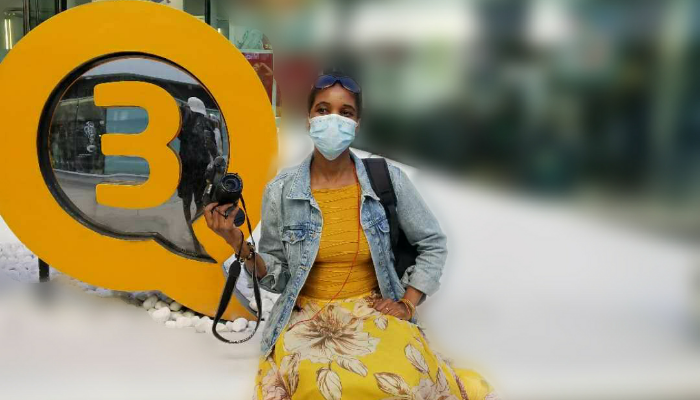One of the most controversial issues in some African communities is LGBTQIA associated. Several heads of states in Africa have come out openly to condemn what they term unnatural behaviours. Human rights groups have tried many times to address the issue to no success. Over the years we have seen more and more cross-dressers emerging in the entertainment industries and most of them have faced backlash and criticism even though they might just being artistic. Anyone suspected or believed to be involved in same-sex acts is publicly humiliated and harassed and in some cases prosecuted. When is it harassment and discrimination?
When is it harassment?
Harassment is making demeaning or hurtful comments or actions that are known or should be known to be unwelcome. Some examples are:
A landlord tells a lesbian tenant to “go live with people like yourself because you do not belong here.”
Homophobic jokes or hints being made about a person’s sexual orientation or same-sex relationship.
Displaying disrespectful signs, caricatures, cartoons or graffiti.
Harassment can happen even if the comments or actions are not specifically about sexual orientation.
Example: In a workplace that has a history of homophobic attitudes, the only two “out” gay workers are targeted repeatedly for ridicule and practical jokes. In the past, other gay workers have quit due to similar treatment. Based on the circumstances, the remaining “out” workers could argue that they are being harassed based on their sexual orientation, even though no one has directly referred to the fact they are gay.
Inappropriate behaviour does not always have to happen repeatedly to be against the law. A single incident might be serious enough.
In some environments, homophobic comments may be common, and people assume that everyone there is heterosexual. But this is often not the case, and comments like “that’s so gay” can cause hurt and stress to people who have not disclosed that they have a different sexual orientation.
Employers, housing providers, service providers and others must make sure that their environments and services are free from discrimination and harassment. They must take action if they know or should have known about harassing behaviour based on sexual orientation or a same-sex relationship. This action includes not allowing the use of homophobic language, even if nobody complains about it.
When is it discrimination?
Discrimination happens when a person is treated unequally or differently because of sexual orientation or a same-sex relationship, and it results in a disadvantage to that person. It is also against the law to tell others to discriminate because of sexual orientation. Discrimination can result from a person’s actions or from an organization’s rules and policies.
Example: An employee is denied promotions, training or is fired because of her sexual orientation or same-sex relationship.
Example: A company’s health insurance plan covers the needs of an opposite-sex partner but not a same-sex partner.
People cannot be denied services because of their sexual orientation, despite how the service provider or other customers might feel.
Example: A restaurant will not serve a same-sex couple, because the manager thinks its other customers will not want them there.
Harassment can lead to violence
Silence or doing nothing will not usually make the harassment go away, and sometimes such behaviour can lead to violence. If you feel uncomfortable or threatened, speak to a person in authority about it (a supervisor, the owner of the store, etc.).
You can contact the Human Rights Tribunal of Ontario to file a complaint, now called an application. If harassing behaviour makes you feel like you’re in danger or leads to violence, call the police.
ontario

